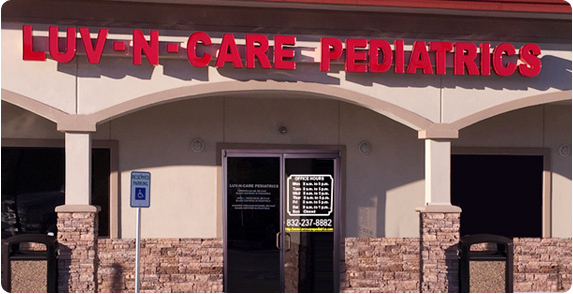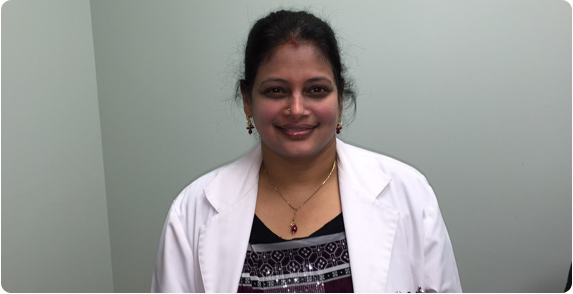Head injuries fall into two categories:
- external (usually scalp) injuries
- internal head injuries, which may involve the skull, the blood vessels within the skull, or the brain
Fortunately, most childhood falls or blows to the head result in injury to the scalp only, which is usually more frightening than threatening. An internal head injury could have more serious implications because the skull serves as the protective helmet for the delicate brain.
External (Scalp) Injury
The scalp is rich with blood vessels, so even a minor cut there can bleed profusely. The "goose egg" or swelling that may appear after a head blow is the result of the scalp's veins leaking fluid or blood into (and under) the scalp. It may take days or even weeks to disappear.
What to look for and what to do:
- Call the doctor if your child is an infant; has lost consciousness, even momentarily; or if a child of any age has any of these symptoms:
- won't stop crying
- complains of head and neck pain
- becomes difficult to console
- isn't walking normally
- If your child is not an infant, has not lost consciousness, and is alert and behaving normally after the fall or blow:
- Apply an ice pack or instant cold pack to the injured area for 20 minutes. If you use ice, always wrap it in a washcloth or sock; ice applied directly to bare skin can cause frostbite.
- Observe your child carefully for the next 24 hours. If you notice any of the signs of internal injury (see below), call your doctor immediately.
- If the incident has occurred close to bedtime or naptime and your child falls asleep soon afterward, check in every few hours to look for twitching limbs or disturbances in color or breathing.
- If color and breathing are normal, and you observe or sense no other abnormalities, let your child sleep (unless the doctor has advised otherwise). There's no need to keep a child awake after a head injury.
- If color and/or breathing are abnormal, or if you aren't comfortable with your child's appearance (trust your instincts), arouse your child partially by sitting him or her up. Your child should fuss a bit and attempt to resettle. If he or she doesn't protest, try to awaken your child fully. If your child can't be awakened or shows any signs of internal injury (see below), call the doctor or an ambulance.
Suspected Internal Injury
The brain is cushioned by cerebrospinal fluid, but a severe blow to the head may knock the brain into the side of the skull or tear blood vessels. Any internal head injury — fractured skull, torn blood vessels, or damage to the brain itself — can be serious and possibly life threatening.
Different levels of injury require different levels of concern. It can be difficult to determine the level of injury, so it's always wise to discuss a head injury with your doctor. A clear indicator of a more serious injury is when a child loses consciousness or has signs of confusion.
What to Look for and What to Do
Call an ambulance if your child shows any of these symptoms:
- unconsciousness
- abnormal breathing
- obvious serious wound or fracture
- bleeding or clear fluid from the nose, ear, or mouth
- disturbance of speech or vision
- pupils of unequal size
- weakness or paralysis
- dizziness
- neck pain or stiffness
- seizure
- vomiting more than two to three times
- loss of bladder or bowel control
If your child is unconscious:
- Do not try to move your child in case there is a neck or spine injury.
- Call for help.
- If you've been trained in CPR, follow the recommendations if they're appropriate.
- Turn a child who is vomiting or having a seizure onto his or her side while trying to keep the head and neck straight. This will help prevent choking and provide protection in case of neck and spine injury.
- If there's swelling, apply an ice pack or cold pack.
If your child is conscious:
- Do your best to keep your child calm and still.
- If there's bleeding, apply a sterile bandage.
- Do not attempt to cleanse the wound, which may aggravate bleeding and/or cause serious complications if the skull is fractured.
- Do not apply direct pressure to the wound if you suspect the skull is fractured.
- Do not remove any object that's stuck in the wound.
Concussions
Concussions are also a type of internal head injury. A concussion is the temporary loss of normal brain function due to an injury. Repeated concussions can result in permanent injury to the brain. However, it's possible to get a concussion that's mild and just requires observation.
One of the most common reasons kids get concussions is through sports, so make sure they wear appropriate protective gear and don't continue to play if they've had a head injury.
If your child sustains an injury to the head, watch for these signs of a possible concussion:
- "seeing stars" and feeling dazed, dizzy, or lightheaded
- memory loss, such as trouble remembering what happened right before and after the injury
- nausea or vomiting
- headaches
- blurred vision and sensitivity to light
- slurred speech or saying things that don't make sense
- difficulty concentrating, thinking, or making decisions
- difficulty with coordination or balance (such as being unable to catch a ball or other easy tasks)
- feeling anxious or irritable for no apparent reason
- feeling overly tired
If you suspect a concussion, call your doctor for further instructions.
Preventing Head Injuries
It's impossible to prevent kids from ever being injured, but there are ways to help prevent head blows.
Make sure that:
- your home is childproofed to prevent household accidents
- your kids always wear appropriate headgear and safety equipment when biking, in-line skating, skateboarding, snowboarding or skiing, and playing contact sports. Wearing a bike helmet, for instance, reduces the risk of concussion by about 85%.
- kids always use a seat belt or child safety seat
- your child takes it easy after a head injury, especially after a concussion, and doesn't go back to rough play or playing sports until the injury has healed. (If your child reinjures the brain while it's still healing, it will take even more time to completely heal. Each time a person has a concussion, it does additional damage.)
Reviewed by: Yamini Durani, MD
Date reviewed: May 2007
Originally reviewed by: Barbara P. Homeier, MD |









